Ambient Air Temperature and Tire Pressure
I want to preface this article by saying this is very technical as it relates to tire pressure. It is not the end of the world if you do not take these calculations into consideration, and always remember, underinflated tires are worse than overinflated tires. If you are ever in doubt, always err on the side of a bit more pressure in your tires than risking not having enough pressure.
What is the Temperature of “Cold” Tire Pressure?
Your RV tires are designed to carry a certain load at a certain air pressure. Cold tire pressure simply means tires that have had time to cool down after a day of driving. Of course, the temperature outside will have an affect on what the actual temperature of your tire settles in at. Ambient temperature is often considered room temperature, or about 70 degrees, but it is really about your specific ambient temperature of the region you are in. Of course, we are not all so lucky to be in 70-degree weather all year, so how does this affect things if you are in extreme temperatures? I don’t know of anyone that RVs in Minnesota in the middle of the winter, but for the sake of taking a look at an extreme case, let’s pretend. If your tire pressure is 100 PSI at 70 degrees, what will it be at 0 degrees? Knowing the answer to this question will help you optimize your tire performance and keep your tires in good condition for thousands of happy miles on the road.
Relationship Between Ambient Temperature and Tire Pressure
In general, the rule of thumb is that air pressure will change by 2 PSI, for every 10-degree change in ambient temperature. This example is assuming a Class A tire (275/80R22.5), but if your tire is smaller, then it will be a bit less than 2 PSI.
So, using our 0°F example, we should expect a DROP in tire air pressure of about 14 PSI, (2 psi x (70-0)/10). This means if you are supposed to be at 100 PSI in 70 degree weather that this same tire will read 86 PSI in 0 degree weather. If you were going to stay in 0 degree weather for a period of time then you would need to adjust your tire pressure back to 100 PSI. If you are just passing through a cold area, then it is unlikely that you would make an adjustment. It's not necessary to adjust your PSI for every different climate that you are just passing through.
This goes the other way, too. If you are in the desert in high summer, and the ambient temperature is 120°F, your tire pressure would INCREASE by 10 PSI to 110 PSI total (2 psi x (120-70)/10). In this example, you could drop the cold pressure back to 100 PSI but remember: overinflation is better than underinflation. If you don't plan to stay in the area for long, you could just keep it the same knowing that a few pounds over is not as big of a deal to a tire as a few pounds under is.
Keep in mind that all of these calculations are assuming a "cold" tire, meaning a tire that has been sitting still for several hours at least (and preferably overnight).
Cold Tire Pressure vs Hot Tire Pressure
What about a "hot" tire that's been on the highway for a while? If you were driving 65 MPH with a fully loaded rig, and had inflated your tires to 100 PSI before leaving, your tire could read around 114 PSI after 20 minutes of driving, assuming the air temperature is still 70°F. This is why you should never check a "hot" tire. They seem to be overinflated when they are not! If you read 114 PSI in this situation and take air out to reach an "ideal" inflation of 100 PSI, you would actually be running an underinflated tire.
Running tires at the correct air pressure will maximize your tire mileage and fuel economy. Not to mention the fact that it reduces your chances of getting a flat, and nothing puts a damper on a vacation like a flat RV tire.
Tire Pressure and Elevation
Also, now is a good time to dispel a common misconception about the impact of elevation on tire air pressure. The difference between sea level and higher elevations is actually quite small. From sea level to 5,000 feet, the difference is only about +2 PSI (assuming the same ambient air temperature). So, air temperature is what you will need to account for as you adjust your tire air pressure, not elevation as you travel up and down mountains.
With all of this said, I do want to point out again that this is getting very technical about tire pressure, and the truth is that if all RVers would set their tire pressure to the proper pressure according to the climate that they RV in the most, then this is already doing better than most. If you move in and out of extreme climates for short periods and do not make tire pressure adjustments, it is not the end of the world.
Tire Pressure and TPMS
So, how can you be sure your tires are always at the correct inflation pressure that you set? The best way is to use a Tire Pressure Monitoring System (TPMS), which shows a real-time readout for every tire you connect to the system. This can be done for your RV and vehicle tires, too. Just be sure you understand ambient air temperature's affect on tire pressure before you make any major changes.
2 comments
TST
View allA very well done article!!
Set the pressure correctly at 70F cold in the shade. Early AM is best.
Watch the pressures rise as you drive to warmer climates and lower in cooler climates. No worries if the pressure changes with local ambient temperatures (2PSI per 10F)
At 100 degr F, to my conclusions and opinion, you must not lower the cold pressure of 114 psi in the example to 100 psi.
Then more deflection so more heatproduction, and tire will overheat. Cooling down of tire then is lesser then, because of the smaller temperature differences between rubber and in and outside tire air.
So let the pressure swing with temperature, nature aranges itself so no overheating tire within a certain ambiënt temperature range.
At low ambiënt temps forvsafety no highening up needed, but you may do so for roadhandling and fuellsaving.
Can give much more info, but better by mail.


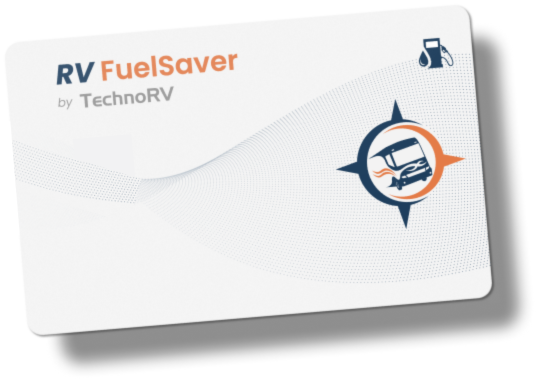
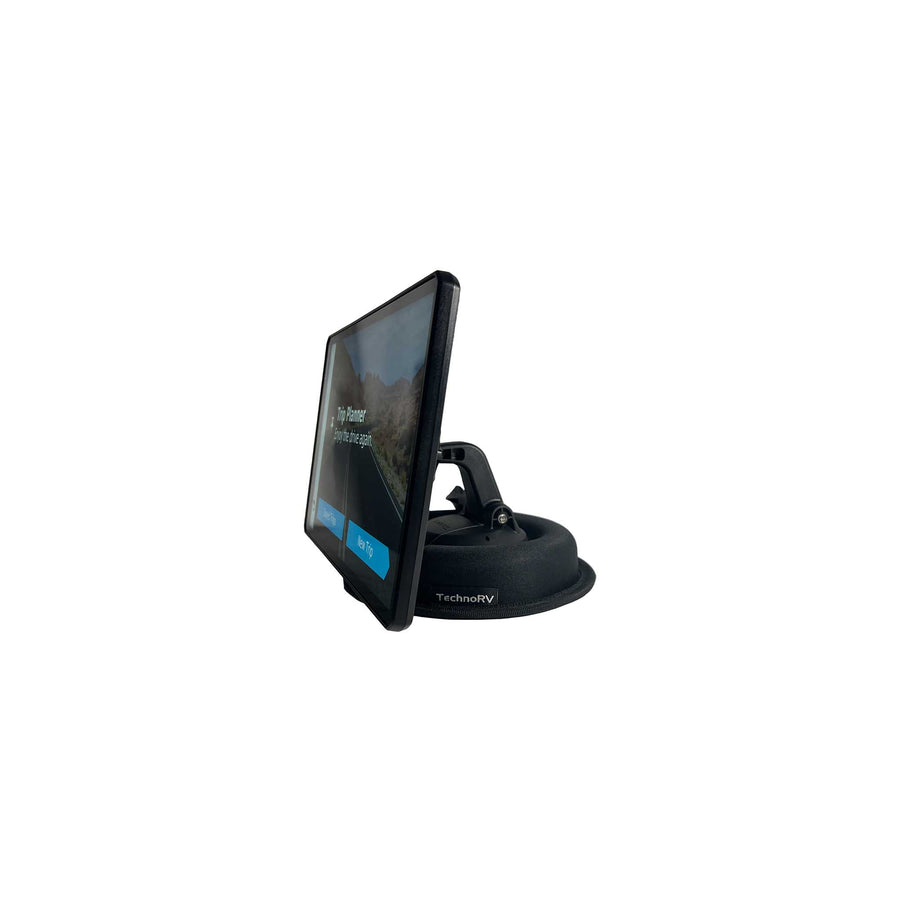
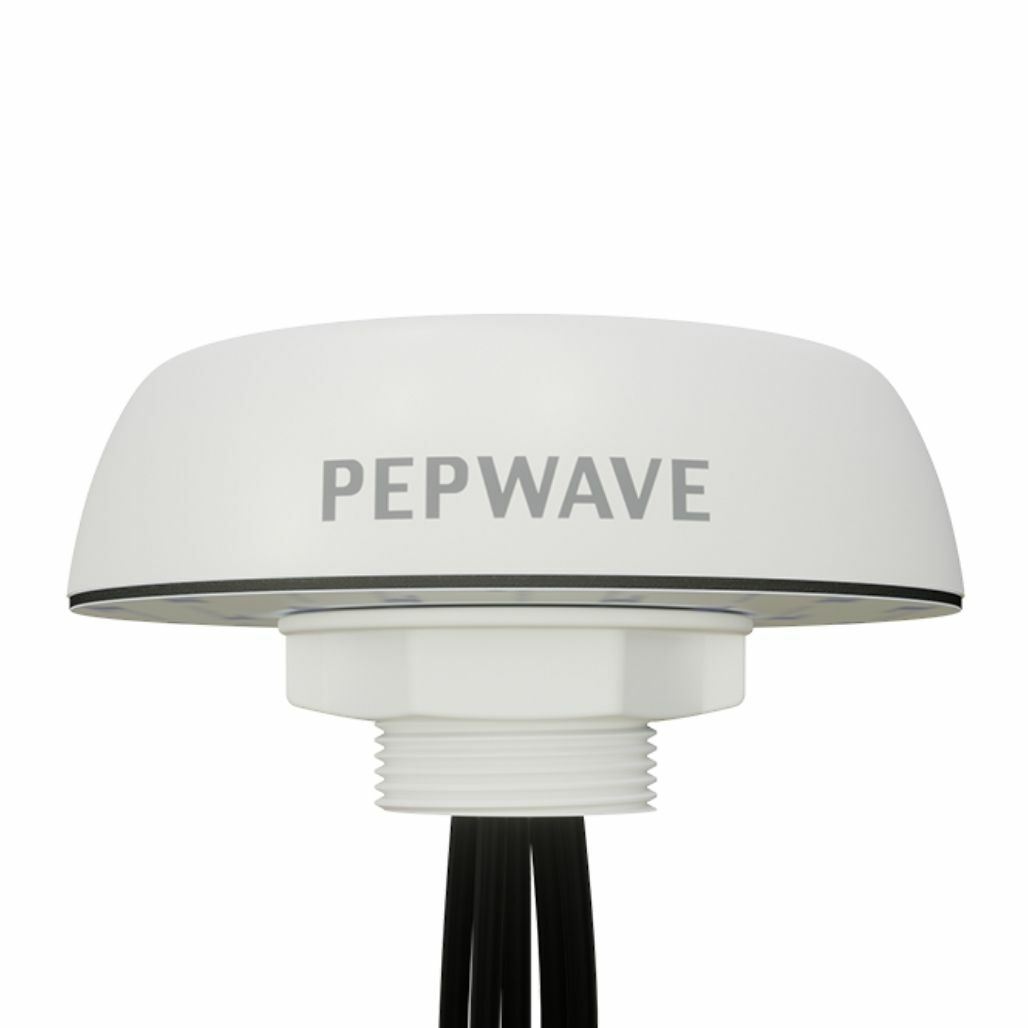
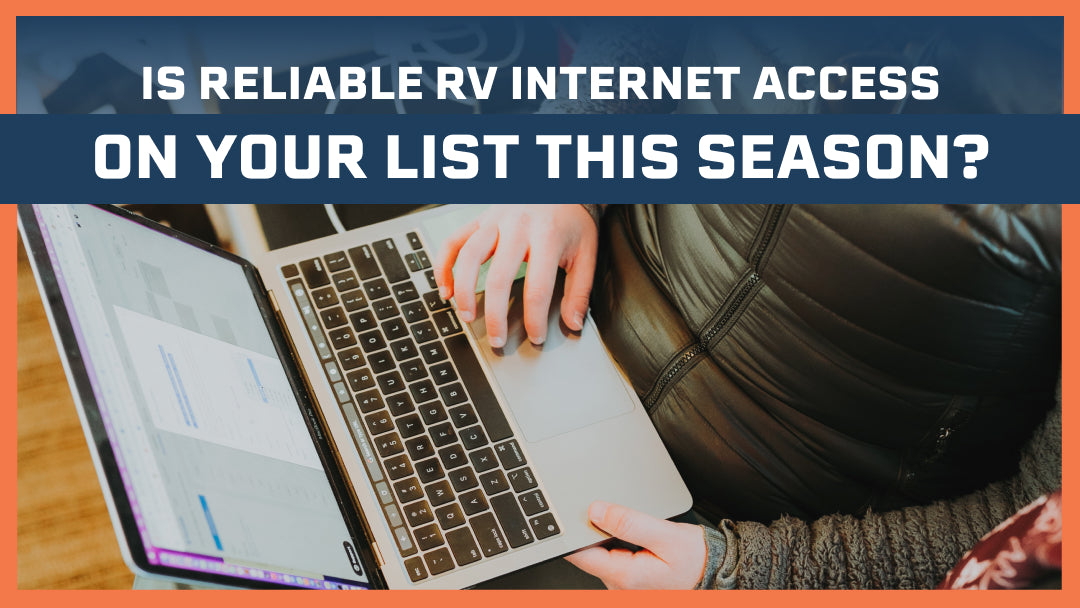
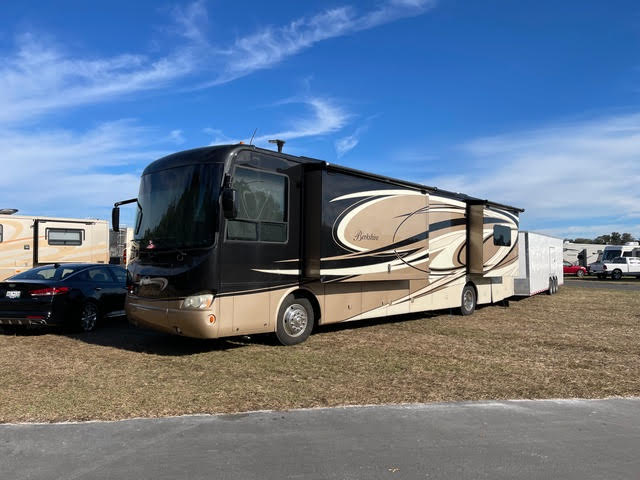
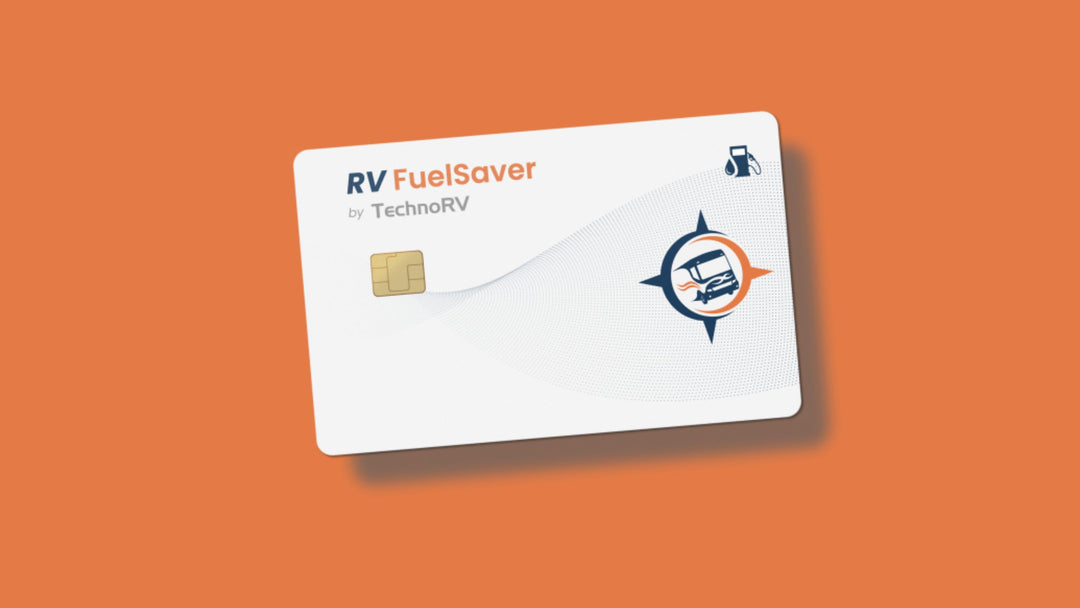
A very well done article!!
Set the pressure correctly at 70F cold in the shade. Early AM is best.
Watch the pressures rise as you drive to warmer climates and lower in cooler climates. No worries if the pressure changes with local ambient temperatures (2PSI per 10F)
At 100 degr F, to my conclusions and opinion, you must not lower the cold pressure of 114 psi in the example to 100 psi.
Then more deflection so more heatproduction, and tire will overheat. Cooling down of tire then is lesser then, because of the smaller temperature differences between rubber and in and outside tire air.
So let the pressure swing with temperature, nature aranges itself so no overheating tire within a certain ambiënt temperature range.
At low ambiënt temps forvsafety no highening up needed, but you may do so for roadhandling and fuellsaving.
Can give much more info, but better by mail.
Leave a comment